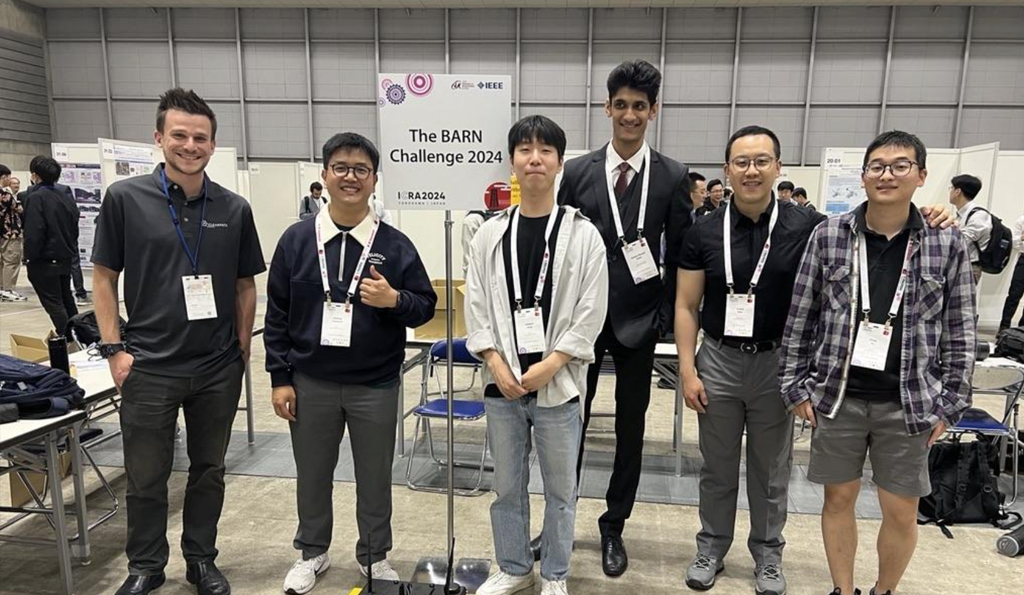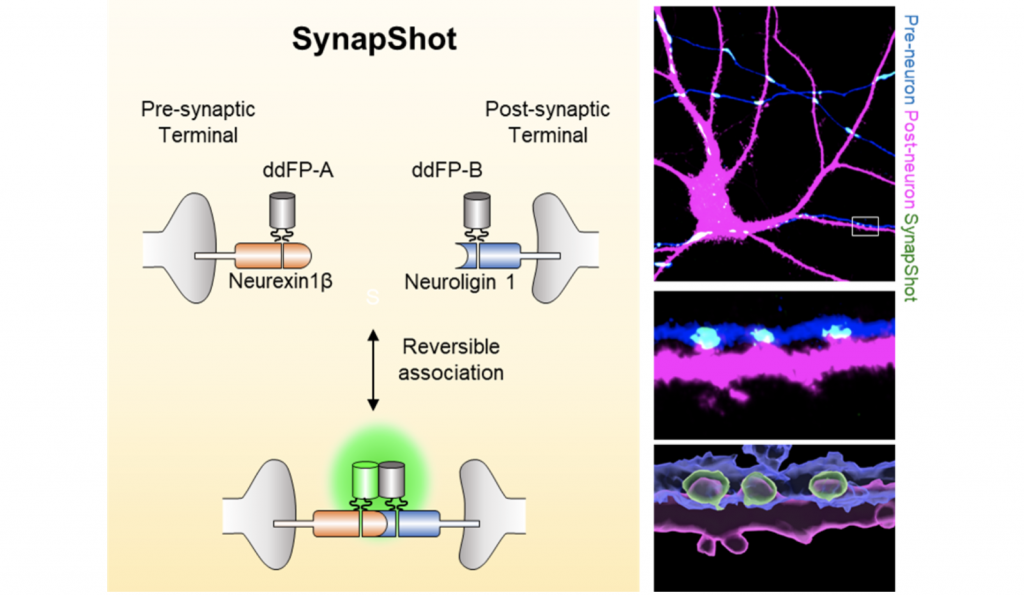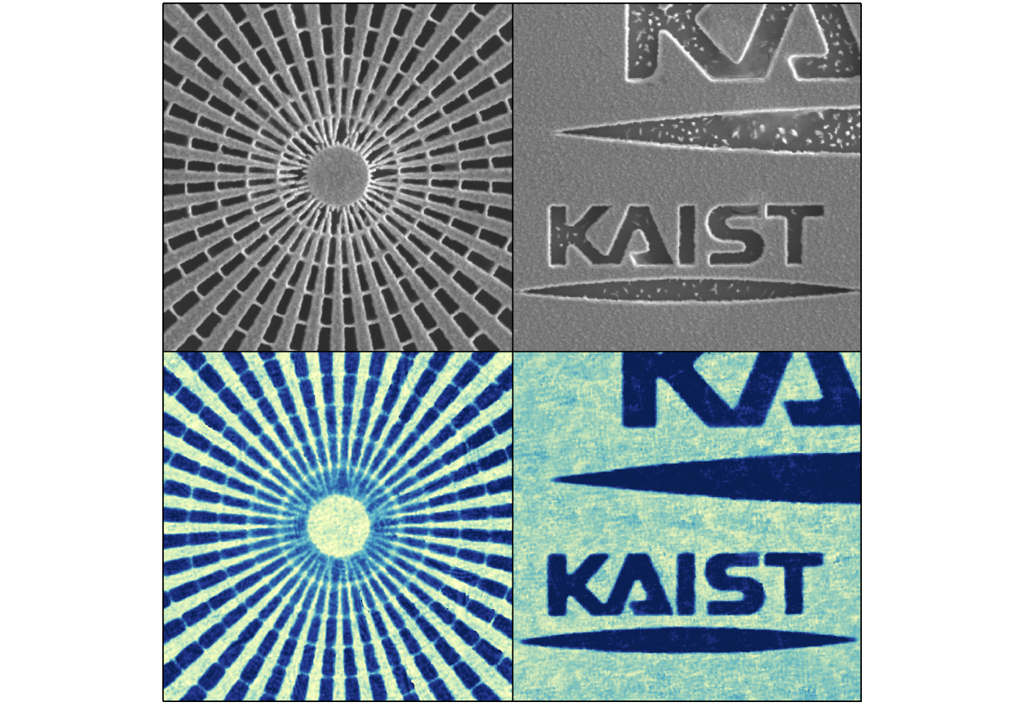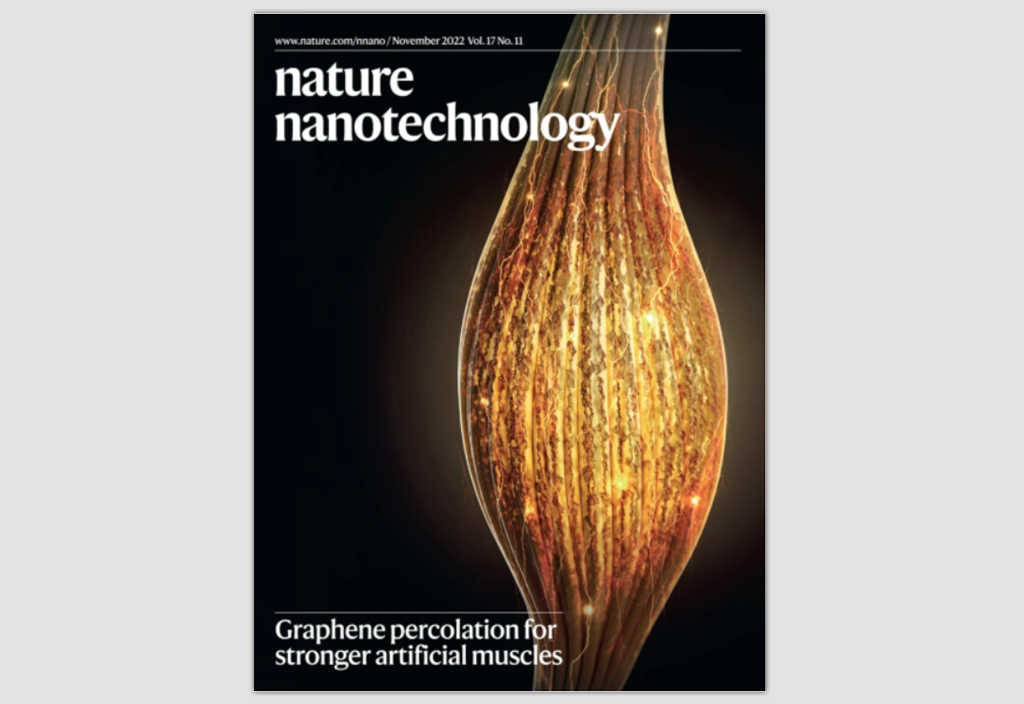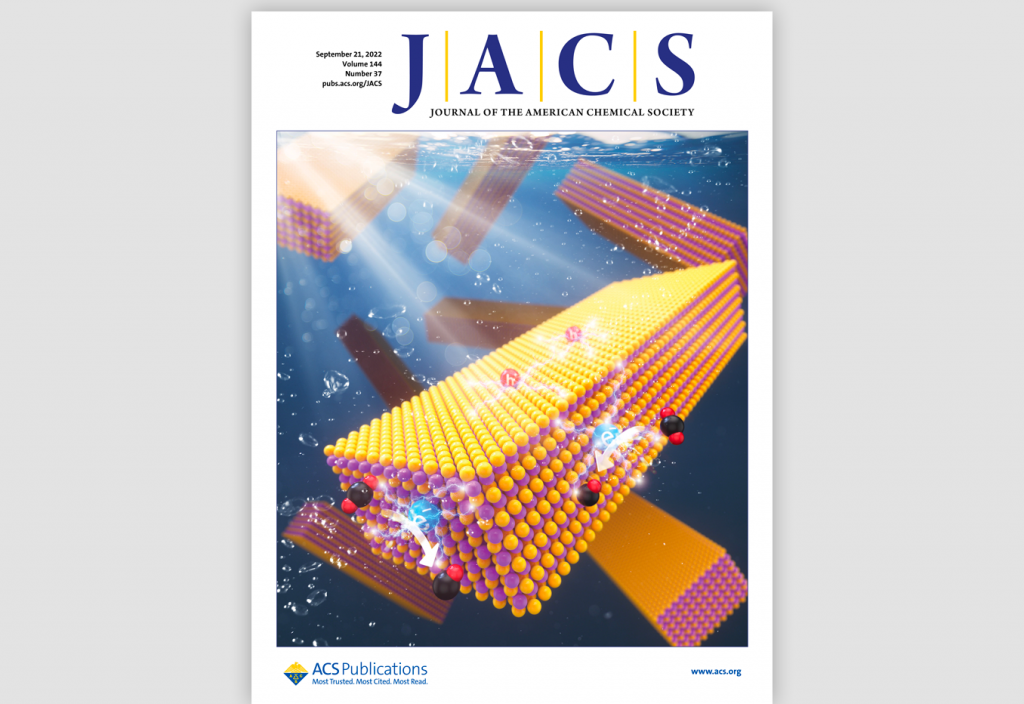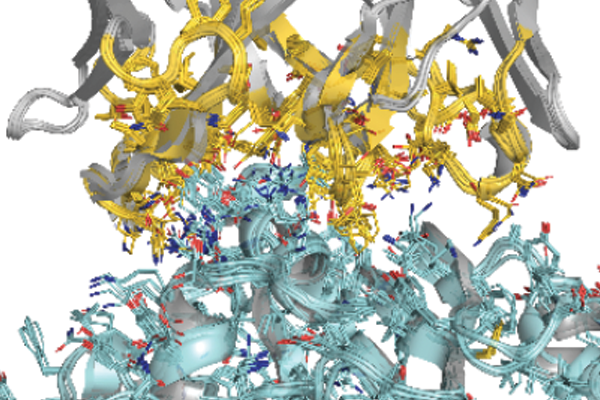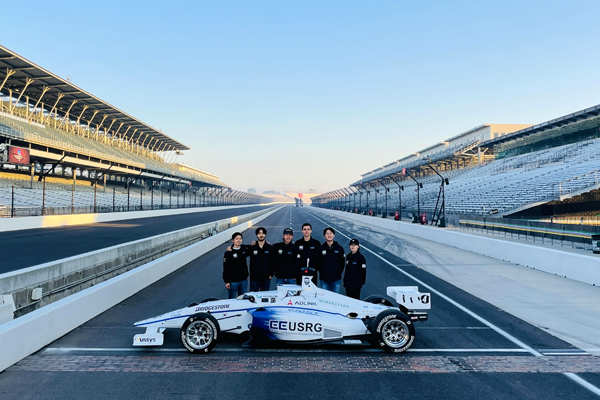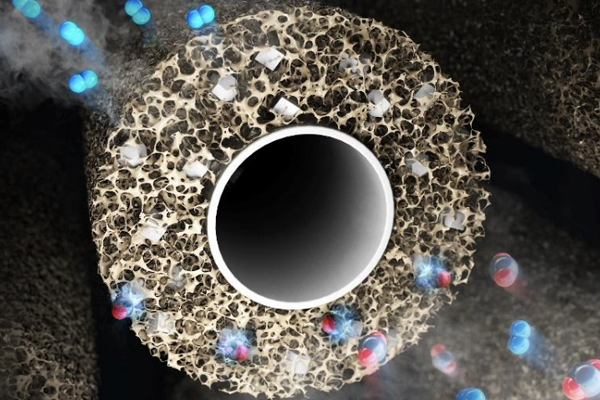-
Research Highlight Top Story
Small-Perturbation Electrochemical Impedance Spectroscopy System with High Accuracy for High-Capacity Batteries in Electric Vehicles
Prof. Kwon developed an electrochemical impedance spectroscopy system for EV batteries, achieving maximum accuracy with minimal current....read more
-
Research Highlight Top Story
Learned-Imitation for Navigation in Cluttered Space
Prof. Han-Lim Choi’s research team was the 1st winner at the BARN Challenge at ICRA 2024 (Yokohama, Japan) with an imitation-learning based algorithm....read more
-
Research Highlight Top Story
Real-time visualization of structural dynamics of synapses in live cells in vivo
Prof. Heo’s group has developed a method for visualizing the structural dynamics of intact synapses by combining dimerization-dependent FPs (ddFPs) with engineered synaptic adhesion molecules. ...read more
-
Research Highlight Top Story
High-resolution quantitative X-ray phase nanoimaging based on cutting-edge optical imaging methods
Prof. Park’s group has developed a novel high-resolution quantitative X-ray phase imaging system that can overcome two long-standing challenges in X-ray nanoimaging: the limitations in image resolution and the instability of phase retrieval methods. They applied optical imaging techniques that they have recently developed in the same group. The imaging systems have been successfully tested in both synchrotron source and X-ray free-electron laser facilities at Pohang Accelerator Laboratory....read more
-
Research Highlight Top Story
Human muscle-inspired Hercules artificial muscle fiber
Prof. Sang Ouk Kim’s group has developed robust and durable actuator fibers by incorporating 2D graphene fillers in aligned liquid crystal elastomer matrix; these fibers surpass the strength and toughness of human muscle. The reversible percolation of the graphene filler network within the composite structure upon contraction/recovery actuation offers interesting electrical switching behavior, as well as work capacity and power density far beyond those of human or mammalian muscles....read more
-
Research Highlight Top Story
Selective and Efficient Photocatalytic Conversion of CO2 with Ultrathin Nanosheets
Prof. Doh Chang Lee’s group has developed a novel photocatalyst based on ultrathin CdS nanosheets for selective and efficient light-driven conversion of CO2 into CO. Surface engineering at atomic precision on CdS nanosheets enabled spatial separation of the reductive active sites and the oxidative active sites to designated facets. The facet-resolved redox-active sites favored efficient charge separation in the CdS nanosheets under light, leading to two-orders-of-magnitude increase in conversion rate of CO2-to-CO. ...read more
-
Research Highlight Top Story
Computational design of a neutralizing antibody against all SARS-CoV-2 variants
Prof. Oh’s group has developed a neutralizing antibody against SARS-CoV-2 by computational method. The antibody binds to all SARS-CoV-2 variants, including Omicron, with pico- to femto-molar binding affinity....read more
-
Research Highlight Top Story
High-speed autonomous driving is a game changer for future long distance travel.
Researchers at KI Robotics developed in-house autonomous driving solutions to participate in the world’s first high-speed autonomous racing competition at the prestigious Indianapolis Motor Speedway on October 23. ...read more
-
Research Highlight Top Story
Fiber Sorbents for Energy-Efficient CO2 Capture
Prof. Koh’s group conceived a feasible route for developing a scalable platform for CO2 capture (including direct air capture) using metal-organic frameworks. MOF-based fiber sorbents show high CO2 uptake and low pressure drop for long-term cyclic operation in direct air capture mode....read more
-
Research Highlight Top Story
Unique metal-polymer interaction enables the design of chemoselective and long-lived hydrogenation catalysts
Dynamic coverage of metal catalysts with polymer chains can control the transport/reaction of molecules, remarkably increasing catalytic selectivity and lifetime....read more

291 Daehak-ro Yuseong-gu Daejeon, 34141, Republic of Korea
Partnered with KAIST Breakthroughs and KAIST Compass

